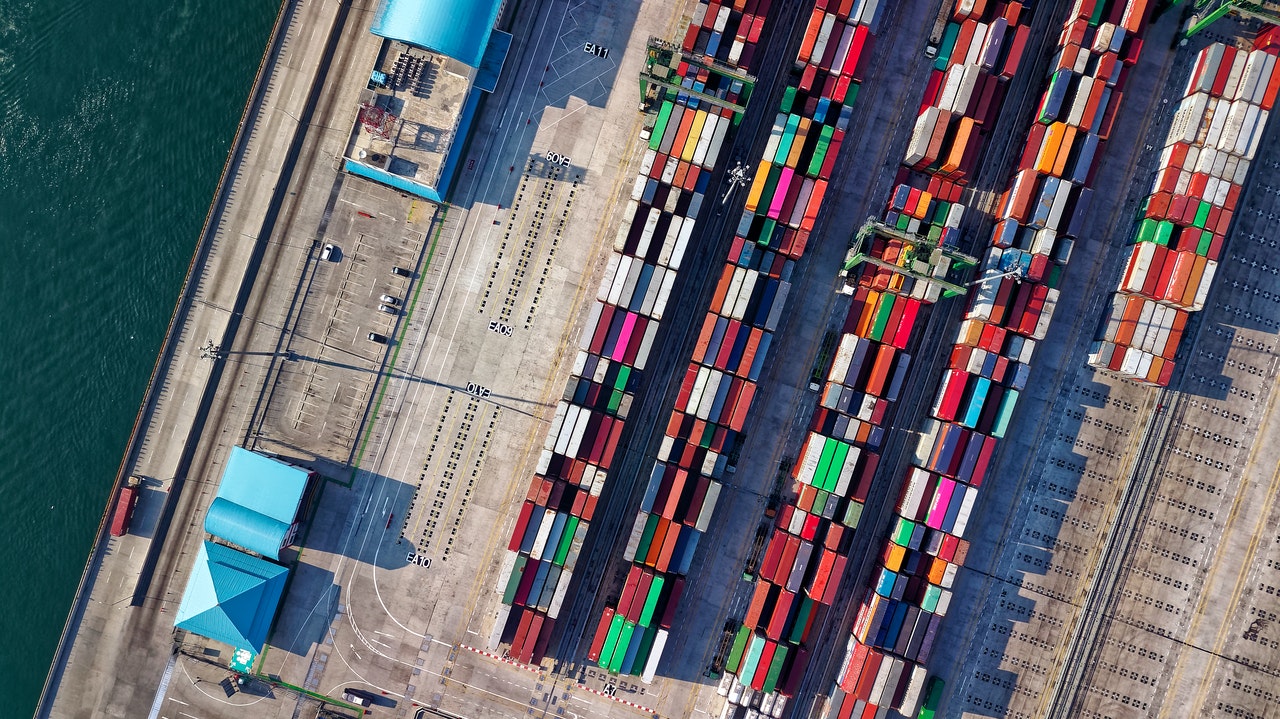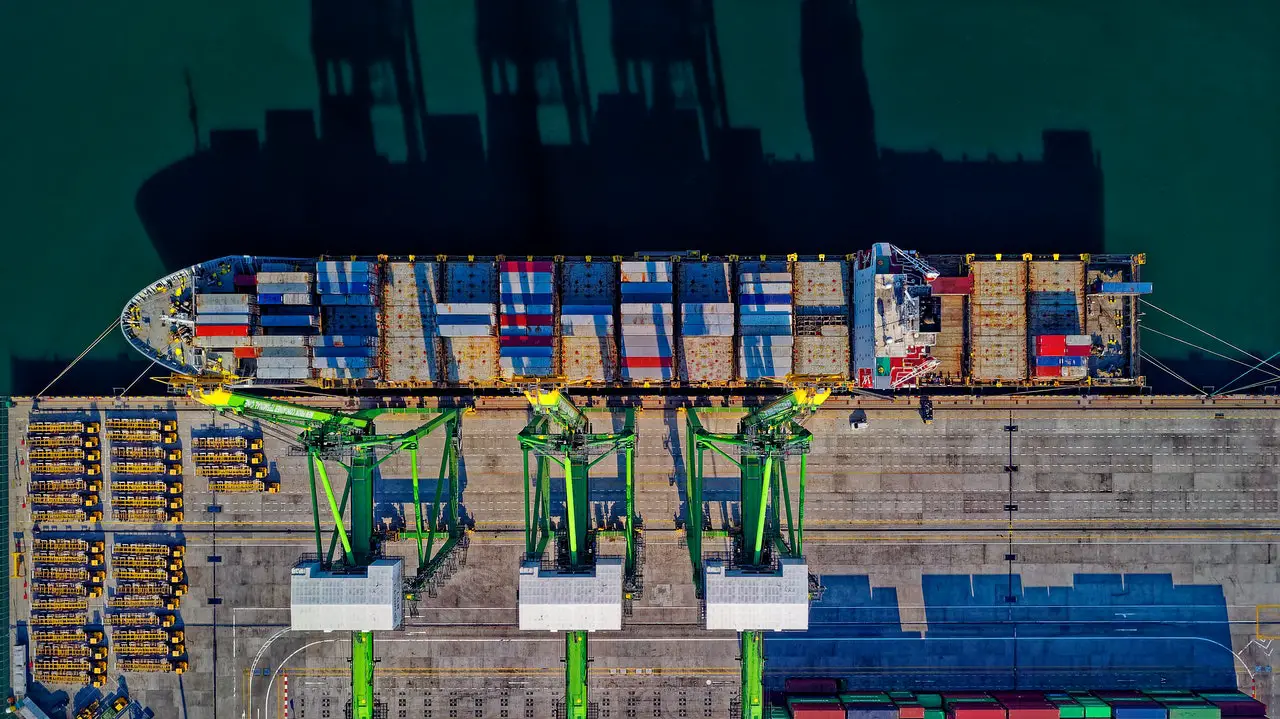The pandemic has changed various sectors in multiple ways, enhancing the reliance on the internet and e-commerce. It has led to a digital transition, increasing the accessibility of consumers to products and services worldwide and allowing them to have anything they need anytime and anywhere.
Logistics has significantly been affected by the global health crisis, changing consumer expectations, manufacturing, production processes, assets tracking, warehouses and fulfilment centres operations, and B2B transactions. In addition, factories and businesses have been forced to close temporarily because of the shortage of raw materials and other issues in supply chains.
With these logistics and supply chain issues companies face, it is crucial to address them as soon as possible. The world needs the logistics and supply chain industry now more than ever. They play an essential role in the transportation and manufacturing of goods and support the recovery of the economy, global trade, and other industries in the long term.
Indeed, the rise of COVID-19 highlights the need for effective supply chain and inventory systems to help businesses across industries get back on track. But how can your organization exactly handle logistics while tackling the difficulties in the pandemic?

1. Enhance the inventory management process
The inventory levels of most organizations declined during the crisis. Because of lockdowns and quarantine regulations, consumers have panic-bought essential goods and hoarded grocery aisles.
This shift highlights the need for companies to manage their inventory and monitor their items efficiently to prevent insufficient supplies. An inventory management system can track levels and prepare businesses for the future.
Your company can improve inventory management by innovating warehouses and fulfilment storage when managing goods and materials locally. For instance, intermediary in-house warehousing can accommodate lean production and increase storage limits by a couple of weeks. It might also be helpful to predict the demand for certain products that usually seem to be out of stock.
Projections narrow down and minimize the inventory costs of goods and allow them to be delivered just in time.
With consumers’ constantly changing consumption habits and the evolving delivery capabilities of companies, cross-competitor sharing of information, transparent ecosystems, and warehouse collaboration is expected to rise and allow an organization to be more resilient.
2. Improve supply chain management
Supply chain management is a logistics term referring to the monitoring and continuous evaluation of activities in a supply chain.
Its primary goal is to maximize customer value and establish a competitive edge. In achieving this, supply chain management oversees the entire flow of goods—from outsourcing of the raw materials to production and distribution of the end product.
Each successful order delivered to a customer is a result of the integrated collaboration of other organizations or supply chains.
For a productive supply chain management process, it is important to maintain transparent communication to know what goes on with the suppliers and to remain efficient. Moreover, allowing consumers to track their cargo at any time, giving status on unloading, loading, or en-route, and providing secure data transmission for theft protection can put them at ease as they wait for their package.
With this in mind, all stakeholders of a logistic firm must initiate an effort to run a collaborative business and develop sustainable practices. While a stretched supply chain used to be ideal, the pandemic (with the delays and workforce shortages) shows the vulnerability of supply chains.
Once a supply chain is compromised, a domino effect occurs, hurting all other aspects of a business. Consumers are forced to look for alternative suppliers or wait on the lead time.
In preventing this issue, companies should not depend on a single supplier. They must create backup suppliers to strengthen their supply chain, expand their resources, and maintain control over the entire production process.

3. Maximize profits
Logistics of B2B companies have reached a standstill with the pandemic. Coronavirus disrupted supply chains with the introduction of new regulations. As recovery began, some companies relocated and diversified their supply chains to customize innovations and trends.
Similarly, the pandemic significantly boosted the B2C market with e-commerce and reliance on digital technologies. Businesses shifted online, product sales and demands started to see an increase, and logistic firms quickly expanded to accommodate this new way of shopping.
In the industry’s fast-tracked growth, optimizing revenue and reducing operating expenses can be accomplished by mitigating avoidable costs or demurrage fees caused by unknown product status.
Another way to increase your revenue is by maximizing utilization and adding new trailers, chassis, or containers to accommodate more orders. You can also consider offering new services, creating a competitive edge against other businesses that have not been able to adapt to the new normal.
4. Prioritize employee safety
The prevalence of online shopping can bring more workload for your workforce. It can increase the risks of your employees burning out, as the current global health crisis makes balancing work and life challenging.
Business owners and managers should be open to hiring new people and devising creative solutions to help their employees cope with the new normal. After all, your employees are your most valuable resource.
Changing your workplace culture and practices to accommodate employee needs and ensure that they are protected from the virus can increase productivity in your organization and boost their morale.
For instance, companies may segregate warehouse locations and shift schedules for social distancing, pay for COVID-19-related leaves, provide financial assistance, introduce contactless deliveries, reduce physical interactions with digital services, and review continuity plans.
Additionally, conducting regular one-on-ones to check in on your employees’ mental health and providing mental health-related assistance can alleviate their struggles during this period.
5. Proper utilization of assets
Subcontractors, third-party delivery firms, and delivery drivers are paid according to the volume of deliveries and stops that they make. While this is an accepted logistic metric, it can imply high costs for your enterprise. The pressure to improve cost-efficiency and increase delivery density is further highlighted.
Across every logistics landscape, companies use technologies and data from supply chain management reports about warehouses and inventory, operational and planning systems, and transportation and distribution of products.
Maximizing the assets that your company already owns is key to increasing the efficiency of your shipping and generating higher revenue during the pandemic. Effective allocation of your company’s assets can help you leverage unused resources.

6. Explore new technologies
Transporting goods from one point to another at the quickest time possible is pivotal with or without a pandemic. However, some products such as sanitation supplies, PPE, and medicines must reach establishments and hospitals as soon as possible.
It’s inevitable for some suppliers to encounter challenges in delivering essential goods, given the shortages in fleets and vehicles. This drives the need for innovations in technology and enhances company responsiveness.
Contactless solutions have prevailed, with logistic companies taking initiatives to make safer deliveries. As retailers position their products in their respective industries, drone deliveries and smart lockers are emerging for contactless pick-ups and deliveries. It also introduced the rise of sustainable logistics, with companies increasing shareholder value by addressing environmental challenges.
Consequently, logistics firms are starting to use connected technologies to collect and share data in real-time to help drivers maximize fuel consumption.
7. Prepare for outage scenarios
Picturing outage scenarios is the best way to be sceptical and create a safety net for your enterprise during uncalled-for situations.
Outage scenarios are those in which suppliers significantly reduce their supply chain needs and address unexpected events that may take place during the pandemic. For instance, having backup suppliers, changing components, having centres, and forming emergency operations can be implemented in your business’s operations.
Outages may or may not happen. But knowing what you can do in case it happens to your business can help you act on it productively and rationally.
8. Display open communication
With your business partner or suppliers, you must be clear about your plans and processes to ensure that you’re on the same page. In the same vein, customers expect information about their product’s whereabouts at each stage, condition, and expected arrival time.
This brings the need to leverage solutions for seamless communication among all supply chain stakeholders. Even during outbreaks or sudden lockdowns, products can be located as soon as possible. With such solutions, businesses may predict disruptions and act accordingly—for instance, external data factors such as weather or traffic with machine learning can help optimize routes.
Another example is using sensors to identify a product’s temperature in real-time—a supply chain technology evident in the pharmaceutical industry. If the temperature changes and rises or decreases from the tolerance, an alert will be sent for corrective action.
Sensor technology thus saves pharmaceutical products from damage, adjusts the movement of goods, and simulates complex supply networks.

How to Handle Logistics in the Pandemic Era
Here are some practical tips on how to handle logistics better in the pandemic era:
- Enhance the inventory management process.
- Improve supply chain management.
- Maximize profits.
- Prioritize employee safety.
- Proper utilization of assets.
- Explore new technologies.
- Prepare for outage scenarios.
- Display open communication.
The global health crisis has resulted in dramatic changes in consumer buying habits, shaping the next generation of how people shop and have their orders delivered. It accelerated the transition of businesses to the digital world.
As a result, firms in the logistics industry must automate, collaborate, and optimize their supply chain and operations. Adjusting to a new normal, efficiently transporting products, and customizing it according to your niche is the answer to economic recovery.
Utilizing new technologies and changing your processes to the current situation can help your company stay on top of logistics management.
Karl Pulanco is the Product Portfolio Manager for Yondu. He’s into photography which is not surprising as he is a travel junkie as well. While he enjoys working on product planning and custom software development, he has a soft spot for writing and occasionally contributes articles related to his work.


